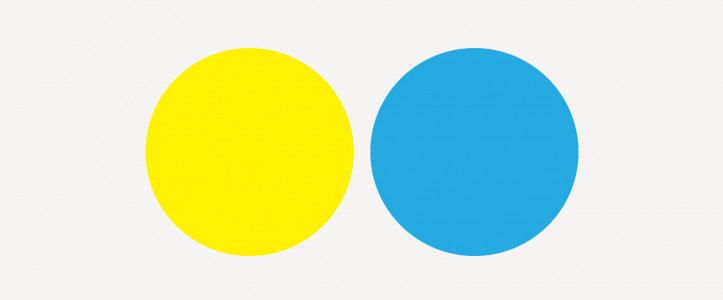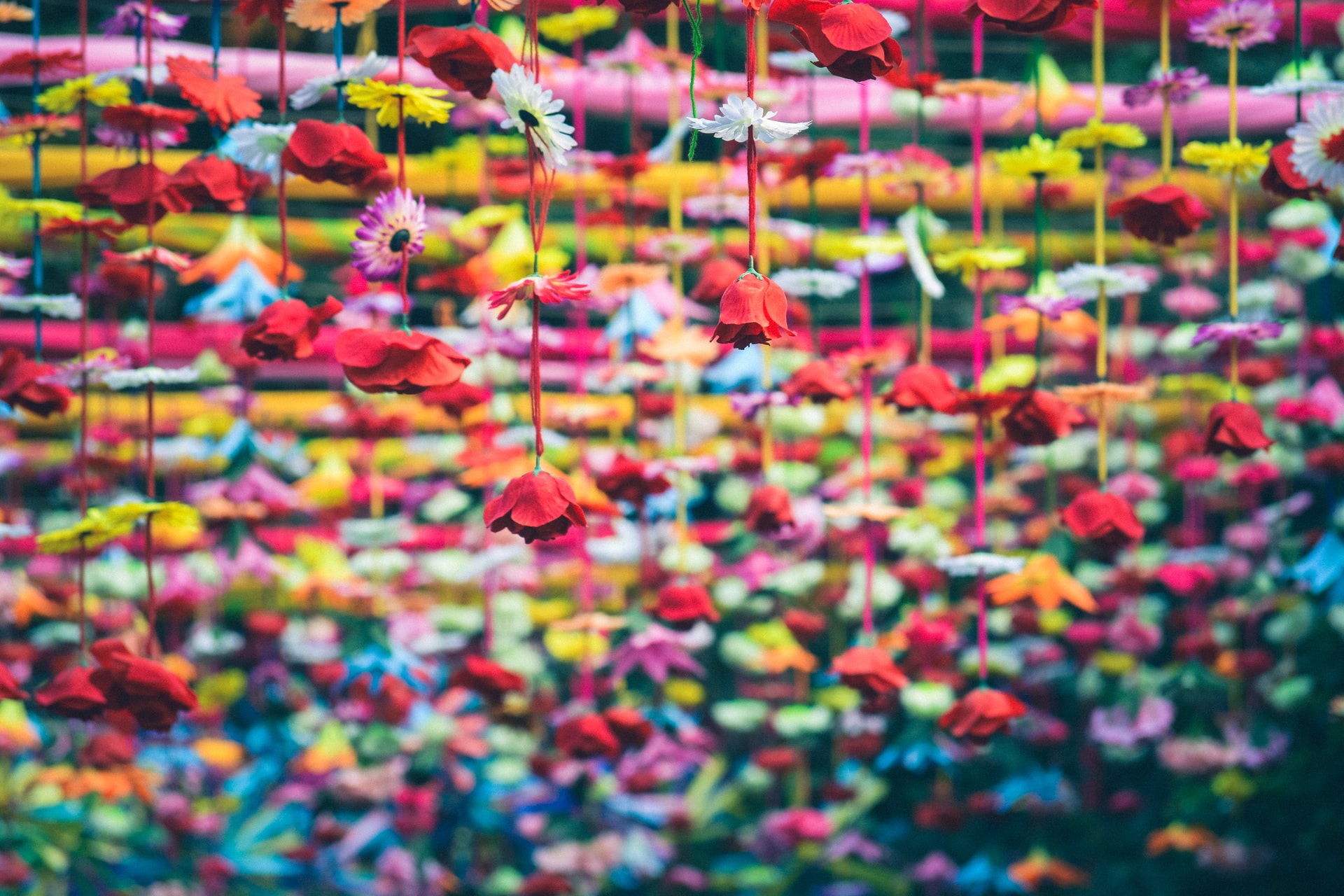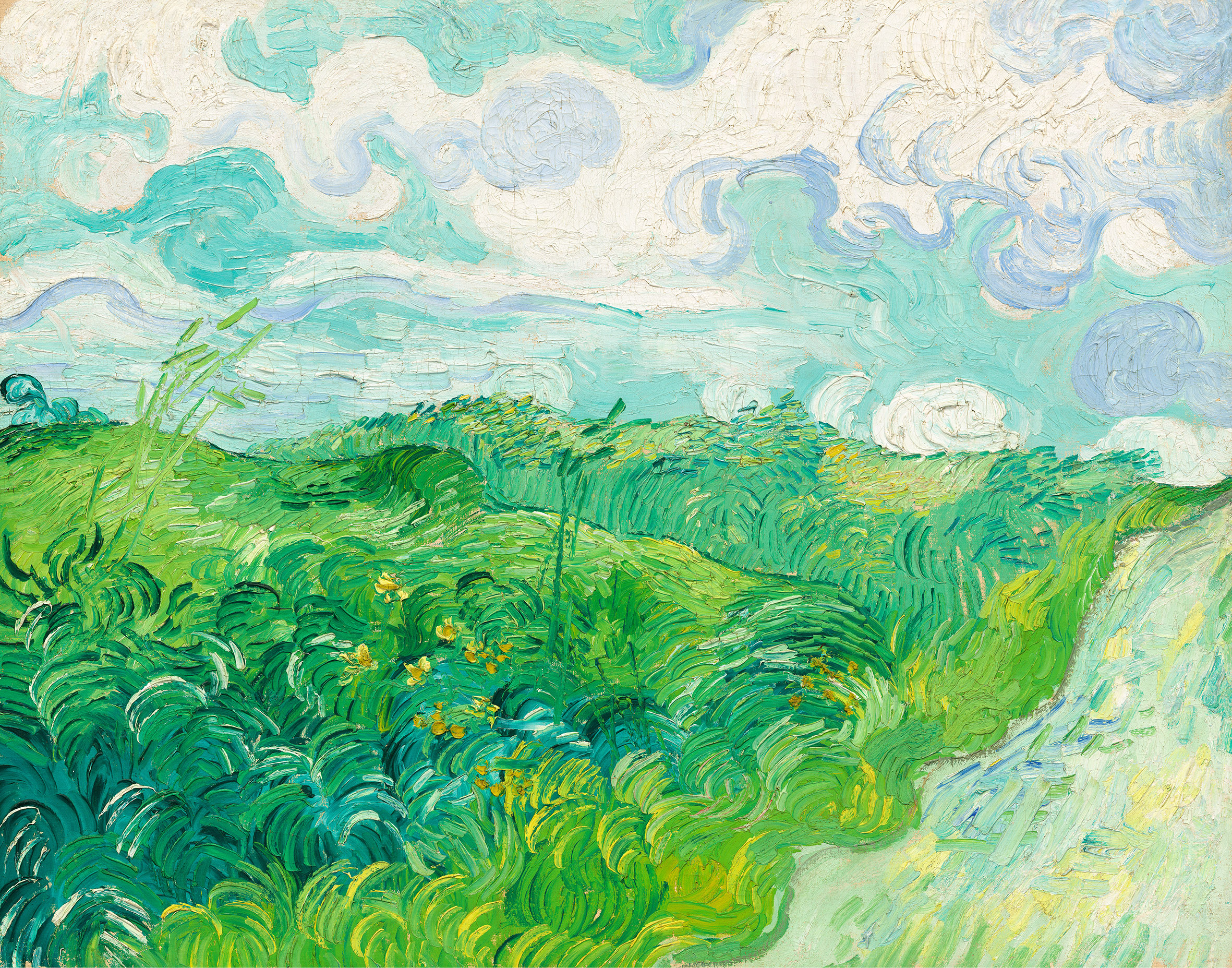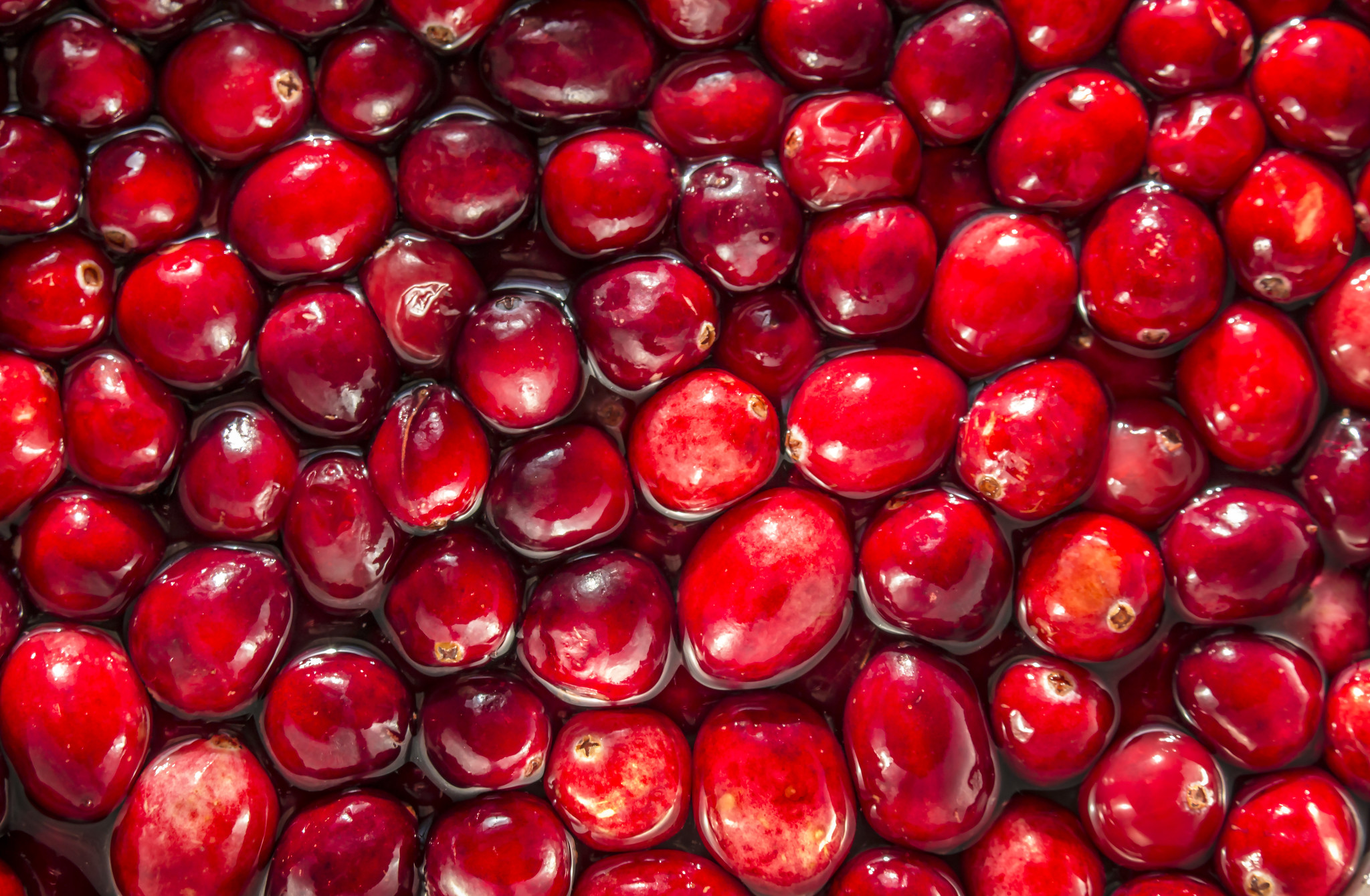
Colours influence the way we feel. They can be used in diagnostics, and even – as in India – for healing purposes.
Art is a tool for spiritual practice.
– Wassily Kandinsky
We gain over 90% of information about the world through our sight – it is the dominant sense organ. We often instinctively choose the colours around us. There are those that we are attracted to and those that we avoid. For years, psychology and psychiatry have attempted to find an explanation on what guides us and what its consequences are. Hermann Rorschach, the Swiss psychiatrist and psychoanalyst, established hidden personality traits of his patients based on their perception of colourful ink stains made on charts. This method, called the Rorschach Psychodiagnostic Test, enables the production of a Rorschach psychogram. It requires the person undergoing the experiment to be spontaneous in their expression, while the researcher needs to be experienced and insightful. Unconscious choices are used to determine personality types. Some regard this test as effective, while others criticize it for its lack of theoretical foundations.
A similar method was devised by Max Lüscher, a university professor at Lausanne, known as ‘the colour guru’. Here, the subject arranges colourful cards in order of preference, while the researcher analyses its sequence, thus discovering the subject’s mental state, personality and mood. These are not the only examples: specialists use personality tests based on colours and devised by Pfister-Heiss-Halder, Heinrich Frieling and Taylor Hartman (based on the works of Carl Gustav Jung). The British chromotherapists Dorothy and Howard Sun devised an interesting test combining geometric figures with colours. Apart from diagnostics, their book Colour Reflection Reading includes therapeutic solutions.
Ayurvedic medicine uses seven basic colours for healing purposes. First of all, it is based on the belief that with these colours we can support the balance of the fundamental elements: kapha, vata and pitta. In a nutshell, yellow has a positive influence on memory functions, it aids concentration, studying and mental work; green has a calming effect, it soothes emotions and brings joy; yellow-green combines the characteristics of both colours and therefore can calm both the mind and the nervous system; orange brings with it healing energy, in Western cultures it is believed that it helps one renounce material possessions and is therefore the colour of monk robes, transforming sexual energy into spiritual; red is a colour of excitement and stimulation of circulation, Ayurveda associates it with blood and red cell production; blue is a colour of clear consciousness, cooling body and mind; purple awakens intuition and increases cognitive abilities.
Western psychology isn’t mystical, but it points to the positive and universal influence of yellow and orange shades as they increase vitality, stimulate willingness to act, and have a positive influence on the nervous system. It is similar to green, which regenerates, calms and improves mood. Red increases blood pressure and boosts appetite; blue, on the other hand, helps in cases of insomnia. It is worth remembering this when taking an autumn walk in a park or forest.

Translated from the Polish by Agata Masłowska








